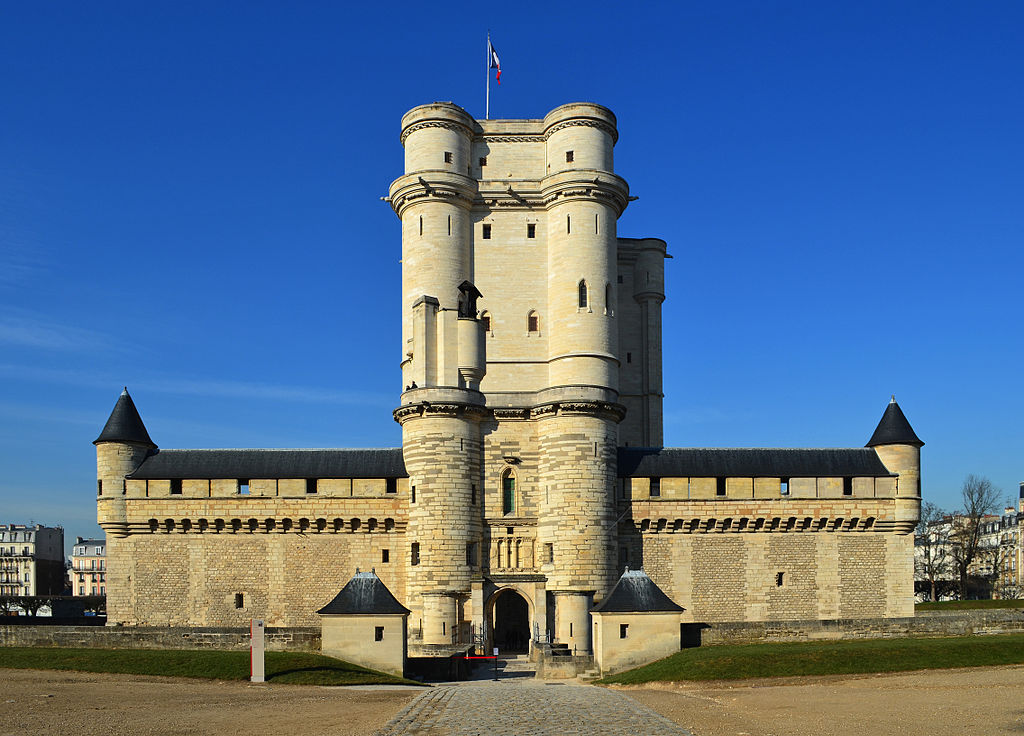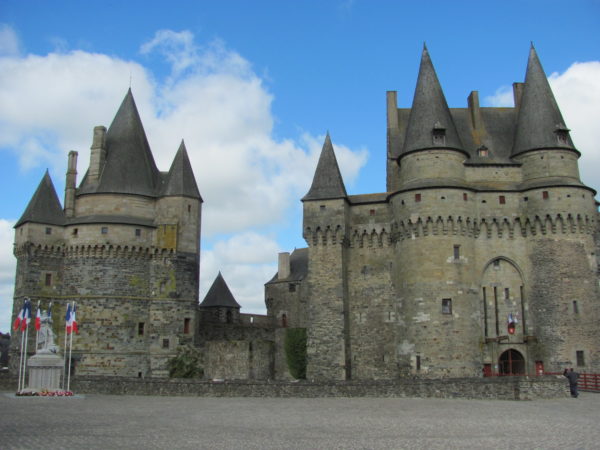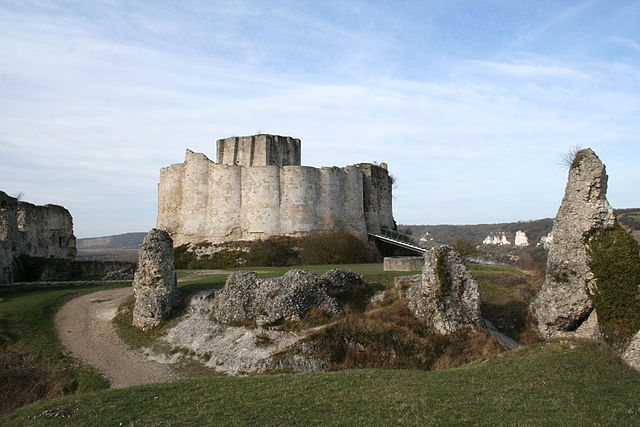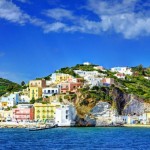In France, each stronghold is a château, however not each château is a mansion. The French word can be utilized to depict the majority of the a huge number of mansions, castles and stately homes scattered around the nation. Numerous France’s best-cherished strongholds are settled in the verdant Loire Valley, however there are incredible case of medieval fortifications and children’s story mansions in all aspects of the nation. From the sentimental vestiges of Château de Loches to the almost completely restored Cité de Carcassonne, no visit to France is finished without investigating the best palaces in France.
Chateau de Vitre
A medieval manor situated in the town of Vitré in Brittany, the Château de Vitré was worked toward the end of the eleventh century after a wood post on the site endured a progression of flames. The château was extended amid the fifteenth century with the expansion of a gatehouse, a drawbridge and a forcing tower. The braced fortress was by and by surrendered without a battle in 1487. In 1820, the town purchased the stronghold for 8,500 francs and restored its external structure. Today, the château houses a little exhibition hall and a town corridor.
Chateau de Fougeres
Situated close to the city of Rennes in Brittany, the Château de Fougères was implicit the eleventh century on a stone encompassed by the Nançon River. The first wood structure was devastated when the stronghold was taken by Henry II of England, and a second palace was worked by Henri II Plantangenet from stone. Two monstrous towers were added to the post in the thirteenth century. One of the biggest medieval posts in Europe, the château is today claimed by the city of Fougères and is worked as a vacation destination. Sound aides lead guests through the post with music and sound impacts that reproduce the sentiment manor life amid the Medieval Era.
Chateau d’Angers
Based on the site of a surrendered Roman settlement in the ninth century, the Château d’Angers is a standout amongst the most gone by strongholds in France. Situated in the Loire Valley in the city of Angers, the château is home to the world-well known Tapestry of the Apocalypse, an arrangement of wonderful embroidered works of art woven somewhere around 1373 and 1382. Charged by Louis I, Duke of Anjou, the embroidered artwork outlines occasions from the Bible’s Book of Revelation in bewildering detail and shading. With its 17 watchtowers and restricting dark stone development, the palace is noteworthy also. Guided voyages through the château are free and independently directed sound aides are accessible for a little expense.
Chateau Gaillard
Roosted on a slope sitting above the Seine and the city of Les Andelys, the Château Gaillard is one of the prettiest sights in pleasant Upper Normandy. Richard the Lionheart manufactured the mansion somewhere around 1196 and 1198, however in spite of its concentric stronghold and fatal machicolations, the fortification was taken by Philip II of France only six years after the fact. Château Gaillard kept on changing hands between the English and French until it was requested obliterated by Henry IV of France in 1599. The thick mansion dividers opposed devastation, be that as it may, and the fortification remains a great sight. The greater part of the stronghold’s remnants are interested in people in general year round. The internal keep, which contained the lord’s housing are open from March to November.
Chateau de Vincennes
Situated in the Paris suburb of Vincennes, the Château de Vincennes started life as a chasing lodge for Louis VII. The site was enhanced amid the fourteenth century with an intensely invigorated keep, and a rectangular-molded external divider was included the fifteenth century. A wide canal and two drawbridges secured the keep, which served as an illustrious living arrangement until the mid 1600s. In 1860, Napoleon III gave the château and the adjacent Bois de Vincennes to Paris for use as an open park. Today, the keep and the sixteenth century illustrious house of prayer are interested in guests.





